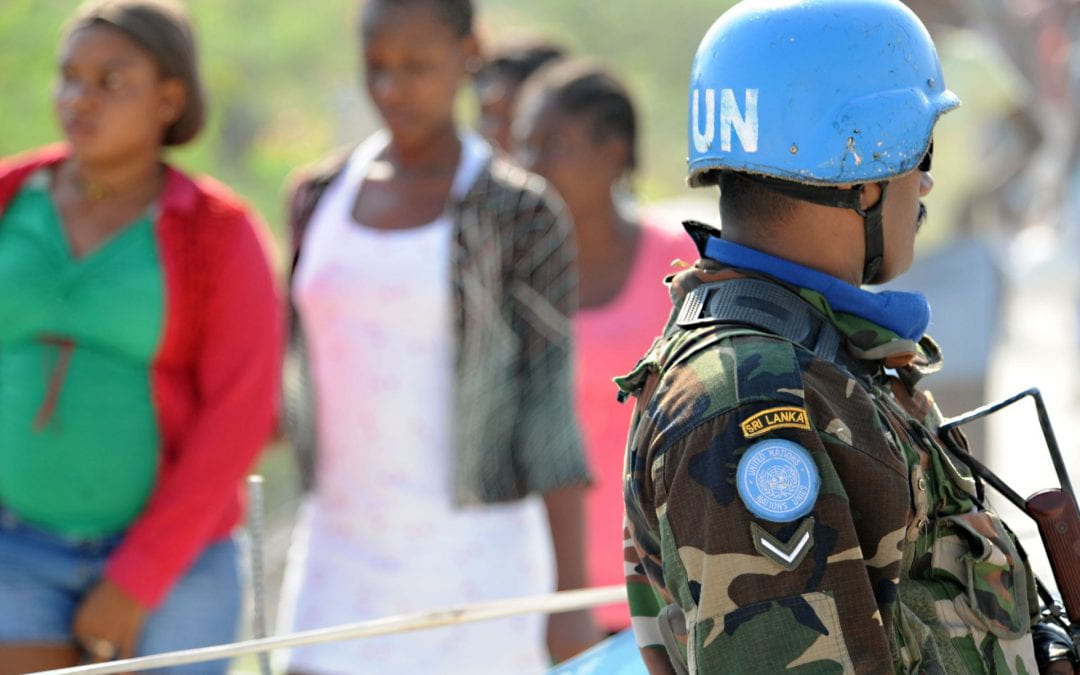By Blaise Lidstone-White
Does humanitarian intervention do more harm than good? Blaise Lidstone-White investigates.
After the Armenian Genocide in 1915, the Holocaust during the Second World War, and ethnic cleansing in Darfur in the 2000s, the world said “never again”. Yet, why are we still seeing war and violence today that is leading to internal displacement and the ongoing refugee crisis? This raises the question: Is humanitarian intervention for refugees causing more harm than good?
The United Nations Human Rights Council (UNHRC) defines a refugee as “Someone who has been forced to flee his or her country because of persecution, war or violence.” Today, more than 68.5 million people have been forcibly displaced as a result of conflict, with this numbering showing no signs of decreasing. While refugees are not a new issue, the world is currently facing the worst refugee crisis since the Second World War, and this is the highest this number has been since the mid-1990s.
Former UN high commissioner for refugees and UN Secretary General Antonio Guterres stated that “Today’s challenges are interconnected and complex. Population growth, urbanization, climate change, water scarcity and food and energy insecurity are exacerbating conflict and combining in other ways that oblige people to flee their countries.”
Current literature on refugees provides us with a basic understanding on what a refugee is, our current worldwide refugee crisis, the counties these refugees originate from, the economic cost these refugees place on society and presidential bans on refugees. However, it fails to mention in detail what is currently being done for them and how we can help.
The need for refugees to seek refuge in other countries is not a new issue, but the extent to which people will go to seek safety is reaching alarming new levels. Migrants on Frontex ship Protector were so determined to leave Libya for Italy that they risked their lives, according to media reports. Activist group Proactiva Open Arms, found the bodies of a mother and her toddler after they were abounded on a destroyed migrant boat, 80 miles of the Libyan coast. Another women was found alive. These migrants were terrified of being returned to Libya as they were at risk of abuse, beatings and rape. All of these are violations of basic human rights.
On June 7th, 2018, 46 African migrants drowned, with a further 16 still missing, whilst attempting to cross the Gulf of Aden to seek refuge in Yemen and the oil-rich states, according to news reports. The International Organization for Migration (IOM) states that the boat has departed from Somalia, its passengers hoping to find employment in Yemen.
Seeking safety is another goal for refugees. With the high demand for refuge-seekers refuge, the European Commission has offered to pay countries €6,000 per person to host these refugees in secure centres. France, Germany and Italy have all said they have no intention of hosting them. A ship that was stranded in the Mediterranean for five days is finally being allowed to dock in Malta, after confusion with Italy. Michael Brandt, a member of German Parliament said the conditions were “unbearable” with medical evacuations taking place.
This raises the debate of migration vs. refugee movement and if it is voluntary or involuntary. Are these refugees being forced to migrate for fear or political reasons?
Blaise Lidstone-White is a postgraduate student in Politics and International Relations at the University of Auckland.
Disclaimer: The ideas expressed in this article reflect the author’s views and not necessarily the views of The Big Q.

